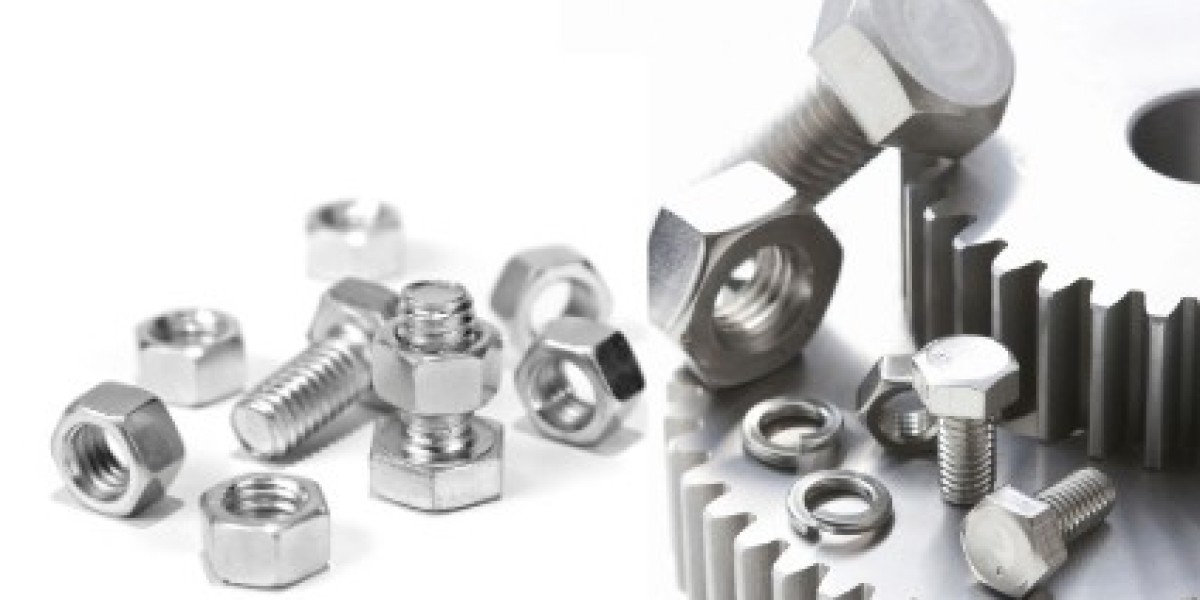Machined casting is a versatile manufacturing process that combines the flexibility of casting with the precision of machining. It allows for the production of complex parts with intricate geometries and tight tolerances. In this guide, we'll delve into the intricacies of machined casting, covering everything from its basic principles to advanced techniques.
Understanding Machined Casting: Machined casting involves pouring molten metal into a mold to create a rough shape, which is then machined to achieve the final dimensions and surface finish. This process combines the benefits of casting, such as the ability to produce complex shapes, with the precision of machining.
Materials for Machined Casting: A wide range of materials can be used for machined casting, including aluminum, steel, iron, and various alloys. The choice of material depends on factors such as strength requirements, thermal conductivity, and cost.
The Machined Casting Process:
- Pattern Making: The process begins with the creation of a pattern, which is an exact replica of the final part.
- Mold Preparation: The pattern is used to create a mold, typically made of sand, plaster, or investment material.
- Casting: Molten metal is poured into the mold and allowed to solidify, forming the rough shape of the part.
- Machining: Once the casting has cooled, it is removed from the mold and machined to achieve the desired dimensions and surface finish. This may involve processes such as milling, turning, drilling, and grinding.
Advantages of Machined Casting:
- Complex Geometry: Machined casting allows for the production of parts with intricate shapes that would be difficult or impossible to achieve with conventional machining alone.
- Cost-Effectiveness: By combining casting and machining processes, machined casting can often be more cost-effective than producing the same part through machining alone.
- Versatility: Machined casting can be used to produce parts in a wide range of sizes and materials, making it suitable for a variety of applications.
Tips for Success:
- Design for Machinability: When designing parts for machined casting, consider factors such as draft angles, fillets, and wall thickness to ensure optimal machinability.
- Optimize Tooling: Use high-quality tooling and cutting parameters optimized for the specific material and geometry of the part.
- Quality Control: Implement rigorous quality control measures throughout the process to ensure that the final parts meet specifications.
In conclusion, machined casting is a powerful manufacturing technique that offers the best of both casting and machining worlds. By understanding the principles and techniques involved, you can harness the full potential of machined casting to produce high-quality, complex parts efficiently and cost-effectively.



